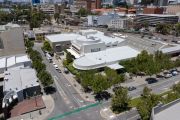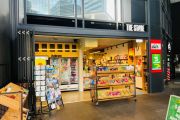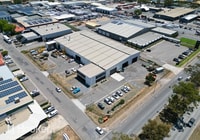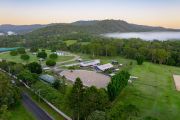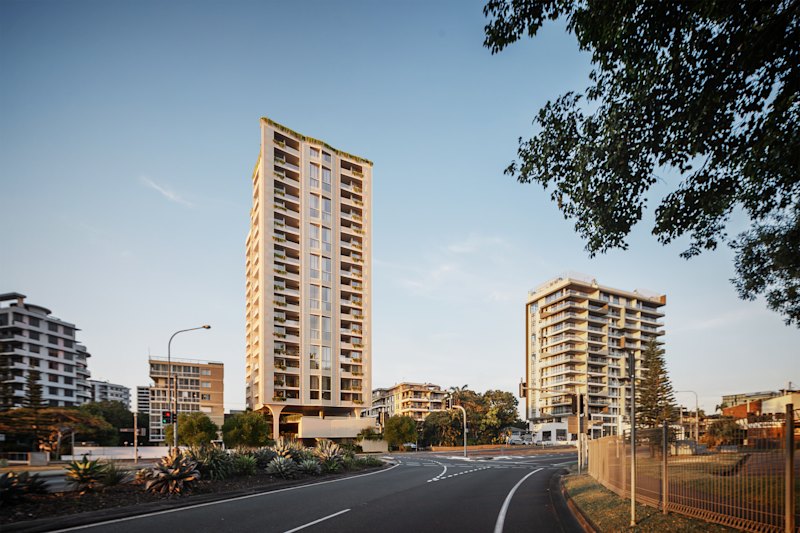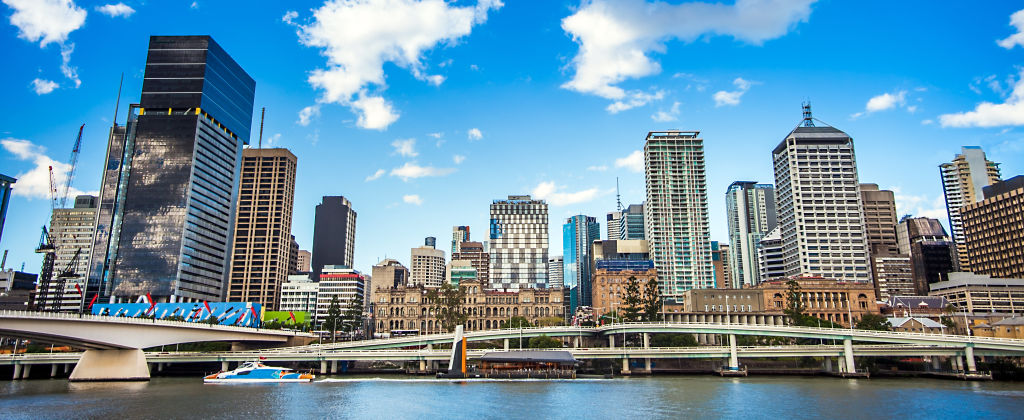
Brisbane has biggest proportion of coworking space of any Australian city
Brisbane’s CBD has the biggest proportion of coworking occupancy across Australia, new data shows, as operators’ strong take-up of office supply drives down the city’s vacancy rate.
The latest figures show that coworking occupies 2.8 per cent of stock in the Brisbane CBD, up from 2.6 per cent in the four months to April 2019.
The data, provided by Colliers International, also indicates that almost 12,000 square metres of office space was taken up by coworking groups in 2018. The most prominent deal was WeWork’s move into 192 Ann Street, occupying about 7700 square metres in December.
Brisbane recorded the biggest fall in vacancy across Australia’s CBD office markets in 2018, declining 3.2 percentage points to 13 per cent, according to Investa, with the flexible workspace sector being a key factor in the tightening market.
“Coworking deals have a significant impact on the reported vacancy rate as they account for pure absorption and aren’t leaving behind any vacant backfill space,” said Kelly Moon, director of office leasing at Colliers International.
He noted that coworking providers including Spaces and WeWork were advertising requirements in the Brisbane CBD market, as well as other established groups with plans to expand.
“There are also a number of new entrants looking to break into Brisbane, however, typically they will establish a decent footprint in the Sydney and Melbourne markets first.”
And with a lack of contiguous floors in the Brisbane CBD, coworking operators were also considering the fringe city markets for space, Colliers International research manager Karina Salas said.
“Fortitude Valley has several new projects that are seeking pre-commitment and landlords who are willing to provide highly favourable deal terms to secure a long-term coworking tenant.”
While Knight Frank partner and joint head of office leasing Campbell Tait placed the Brisbane CBD coworking occupancy proportion figure at just below one per cent, he agreed that the sector had been a “major contributor” to the vacancy drop in 2018.
He acknowledged that the impact of coworking on net absorption levels and vacancy rates would eventually be watered down as the sector reaches critical mass, though he did not believe it would occur in the near future.
“We know some of the coworkers have very aggressive growth plans for the Brisbane CBD,” he said.
“The Brisbane office market has turned the corner, and coworking operators with their finger on the pulse can see the vacancy tightening up with limited supply coming online in the next few years.
“This is creating urgency and is why coworking operators are keen to get into market now and capitalise on the opportunity.”
Such urgency could see coworking groups occupy 50,000 square metres – or about 10,000 seats – in the Brisbane CBD within three years, according to Mr Tait.
On the demand side, Mr Tait said there had been a “dramatic” increase in inquiries for flexible workspace from major corporate firms in the legal, accounting, mining, IT, banking and government sectors – demand which he did not expect to be stopping any time soon.
Daniel Boyes, Savills’ associate director of office leasing in Queensland, said market indicators in Brisbane such as employment and infrastructure growth had placed the city in the minds of coworking operators looking to expand.
“These indicators are supplementary to attractive incentive and rental rates in the current market. As a result, we have seen some major transactions across the board, with large occupiers contributing to a positive net take-up in the Brisbane CBD,” he said.
CBRE’s director of office leasing Gerry Leyden said 2018 was a strong year for the flexible workspace sector and expected the growth to continue into 2019, with mooted deals in the CBD and fringe markets likely to be finalised by the second quarter of the year.
From a landlord perspective, coworking was increasingly being incorporated into office complexes to provide flexible leasing to tenants, Mr Leyden said.
By outsourcing the function to coworking providers, landlords can accommodate to tenants’ requirements for extra space as the need arises, while avoiding the business risk that could come with directly providing coworking services.
Meanwhile, the Brisbane CBD’s premium-grade office market vacancy, currently at 10.4 per cent, was expected to dip below 7 per cent by the end of 2019, Colliers International’s Ms Salas said. This is largely due to two major organisations, Westpac and the Department of Veteran Affairs, relocating from the suburbs into the CBD this year.
“Our projections are very conservative and we are only forecasting additional absorption of premium-grade space of 2831 square metres over the next two years,” Ms Salas said.
“The only premium-grade project under construction and scheduled for completion in 2022 is located at 80 Ann Street and about 68 per cent of the new supply is already pre-committed to Suncorp.”
Colliers International’s Mr Moon pointed out that tenants pushed out of the premium-grade market would be forced to consider A-grade buildings.
“We expect to see a flow-on effect with decreasing vacancy down through the grades,” he said.
Correction: The print version of this story that appeared in the “Leasing” liftout in the Australian Financial Review on June 13 gave Kelly Moon from Colliers International the wrong title. Commercial Real Estate apologises to Mr Moon for the error.
